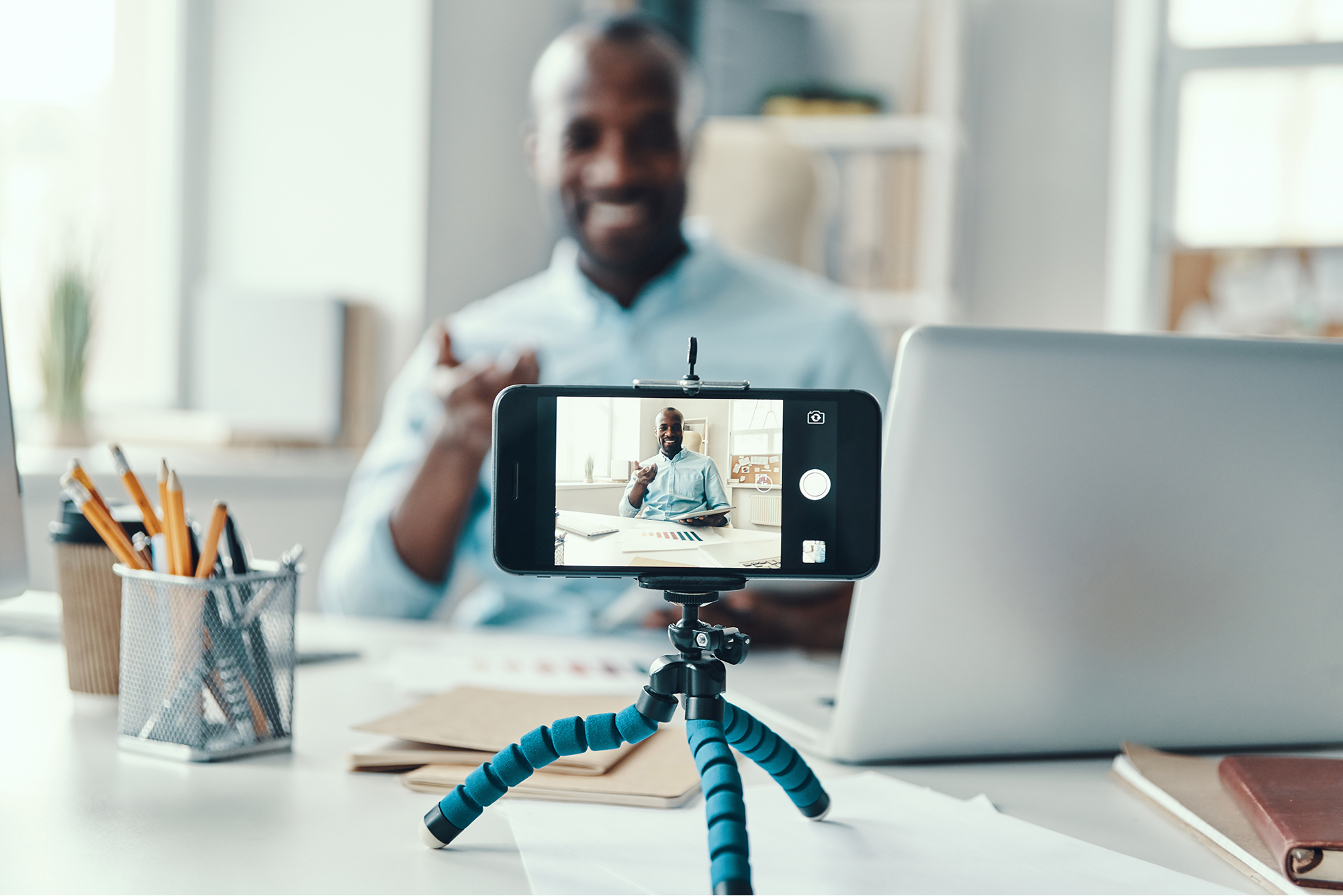Checklist for successful home learning: Three ways to maximise online learning
Nitesh Ramlagan, General Manager: Schools, Higher Education and TVET from Pearson believes that institutions need to be mindful of how they move from the physical to virtual learning space. “We should all realise, especially in South Africa, that not all home environments are created equal and not all students are going to be set up to excel from home.”

When President Cyril Ramaphosa announced a hard lockdown in March 2020 to curb the spread of COVID-19, along with this came the closure of all public schools for the foreseeable future. Suddenly millions of learners were expected to move from the classroom to a comfortable space in their home.
Nitesh Ramlagan, General Manager: Schools, Higher Education and TVET from the world’s learning company Pearson believes that institutions need to be mindful of how they move from the physical to virtual learning space. “We should all realise, especially in South Africa, that not all home environments are created equal and not all students are going to be set up to excel from home.”
If you are a learning institution, Ramlagan provides a few insights into how learning institutions can best empower their learners and students to dive into digital learning:
Make it accessible to ALL students
Don’t move everything online if all your students cannot take full advantage of it says Ramlagan. “When you think about online learning, it helps to remember that we still live in South Africa and there is a huge gap between the haves and the have nots. If you are going to take further steps towards a more comprehensive online learning ecosystem, you have to offer access to those who aren’t as privileged at home.”
Ramlagan says this could come in the form of a computer lab, free Wi-Fi or even discounted data bundles for increased mobile connectivity.
Get the parents and guardians on board
Ramlagan says we must admit to ourselves that we are all walking through unchartered territory when it comes to maximising the value of the digital learning experience. “We all know that youngsters can be hard to motivate even before the pandemic and when they were in the classroom. Parents and teachers need to have a stronger connection when it comes to ensuring their children remain motivated and active.”
Don’t forget about social interaction
We are social creatures at the end of the day, so if we are all separated, Ramlagan believes it is up to the teacher to create opportunities for students to connect with each other as part of the online curriculum.
“As educators, we are responsible to keep our students engaged. When everyone is online, encourage conversation, use breakout rooms and give your students the space to interact with each other. There is nothing more powerful than giving learners the opportunity to figure out a problem amongst themselves.”
What people demand from their learning is changing. COVID-19 has accelerated the trend to digital-first in every part of our lives. Millions more people are connected to the internet. There’s been massive disruption to the world’s workforce and to education. Governments and businesses need their people to learn new skills and adapt. Learning is the key to that change, and to the new opportunities it creates.






Leave a Reply